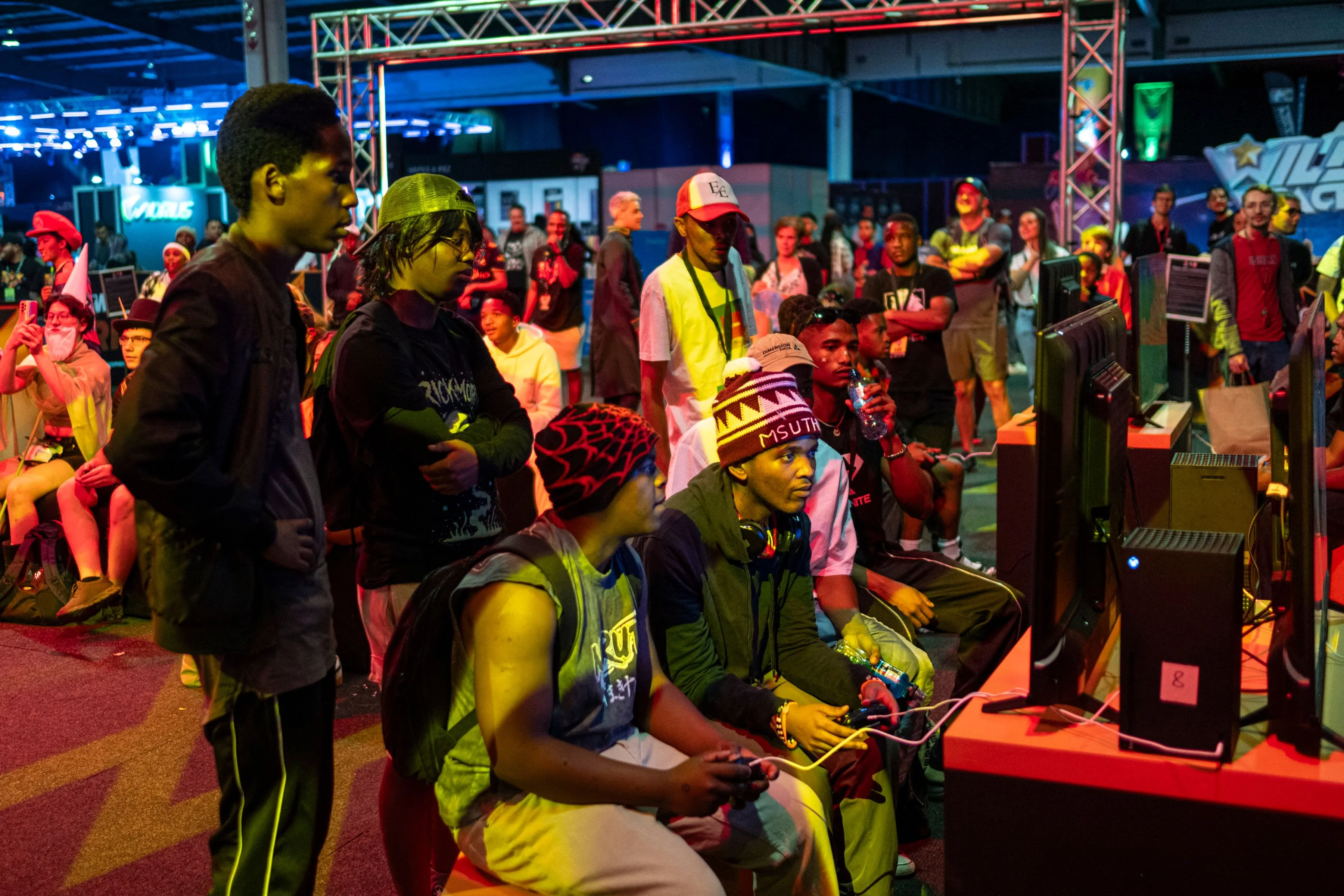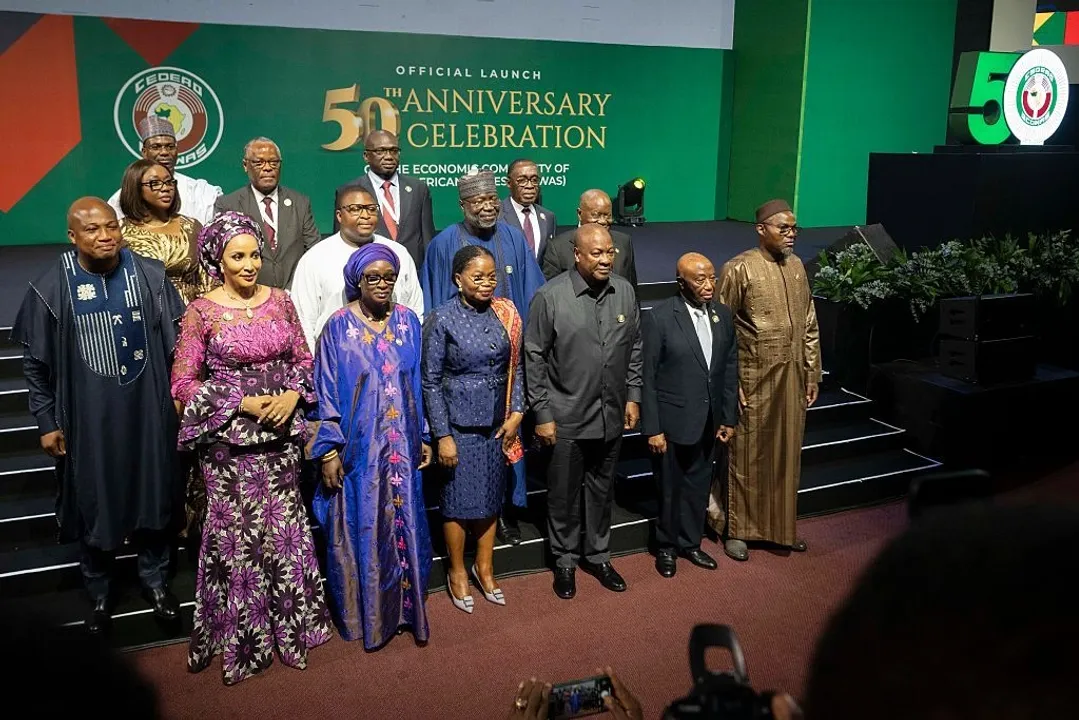It’s no secret that aging often comes with some sorts of hearing loss, but what’s little known is the growing number of young people struggling to hear, health experts say. One of the culprits is video gaming.
According to the World Health Organization (WHO), millions of young gamers worldwide are at risk of permanent hearing damage due to prolonged exposure to loud sounds while gaming or listening to music.
A 2025 WHO report estimates that nearly three billion people globally play video games on devices like personal computers, consoles, and mobile phones. Yet, most of these devices lack built-in safety features to protect users from harmful noise levels, it says.
The world health body warns that by 2050, about 2.5 billion people worldwide are projected to have some degree of hearing loss.
Children at greatest risk
Children are particularly vulnerable. Their bodies’ lower sound tolerance, combined with a growing obsession with gaming, puts them at heightened risk and leaving some parents struggling to regulate them.
“I constantly have to remind my sons to lower the volume when they’re gaming,” Ted Ouma, a father of three in Kenya tells TRT Afrika.
“It’s become a challenge to get them to play outside with other kids because video games are their favourite pastime.”
Ouma’s boys, aged 11, 8 and 6, are not alone. Many children are drawn to the dramatic sound effects and immersive audio that make gaming so thrilling. While a 2024 UNICEF report highlighted that video games can support children’s well-being when designed with their needs in mind, the risks of noise-induced hearing loss remain a pressing concern.
Volume up, hearing down
With countless platforms offering access to online games, it’s easy for gamers—especially children—to spend hours glued to screens, listening through speakers, headphones or earbuds at dangerously high volumes.
Hearing loss is often associated with illnesses, injuries as well as aging. About half of adults in their 70s and 80% of those over 85 experience hearing loss of defects. However, WHO guidelines state that most adults can safely tolerate 80 decibels (dB)—roughly the noise level of a doorbell—for up to 40 hours a week. Beyond that, safe exposure drops sharply.
“For adults, 90dB is safe for only four hours a week, and 95dB for just one hour and 15 minutes,” explains Jackline Mutua, a Nairobi-based Ear, Nose and Throat (ENT) doctor tells TRT Afrika. “For children, the thresholds are much lower.”
Loud games, silent ears
A 2024 study published in the BMJ Public Health journal measured headphone noise levels in four popular shooting games, revealing volumes between 88.5 dB and 91.2 dB. For children, the permissible noise exposure is capped at 75 dB for 40 hours a week. This means children can safely listen to 83 dB for about 6.5 hours, 86 dB for 3.25 hours, 92 dB for 45 minutes, and 98 dB for just 12 minutes weekly.
The study also found that impulse sounds—short, loud bursts like gunfire—can reach up to 119 dB, causing immediate damage such as hearing loss or tinnitus, a persistent ringing in the ears that can disrupt concentration.
Boys, in particular, were found to play video games more frequently, for longer durations, and at higher volumes than girls.
Experts warn that younger populations are increasingly affected by loud gaming.
“The inner ear contains tiny hair cells that help us hear by picking up sound vibrations,” explains Dr Mutua, who mostly treats children.
“Aging naturally reduces these cells, but exposure to high noise levels—like those from loud video games—can also damage them irreparably,’’ he adds.

Tales of Kenzera: Zau again reflects the growing popularity of afrofuturistic themes in art.
Safer gaming
While loud gaming is a significant contributor, other factors can also lead to hearing loss. Diseases like mumps and meningitis, as well as certain medications such as aspirin, quinine, and chemotherapy drugs, can harm hearing, experts warn.
“Gamers can lower the volume to reduce risk, but the real issue is the duration of exposure, especially for kids,” Dr Mutua cautions.
In response to this growing concern, the International Telecommunication Union (ITU) and WHO have introduced the first global standard for safe listening in video gameplay. Released following World Hearing Day on March 3, the standard aims to prevent hearing loss among gamers by providing information, warnings, and safety features.
The guidelines recommend:
Sound allowance tracking: Measures a player’s sound exposure in real-time.
Headphone safety mode: Automatically adjusts volume when switching between headphones and speakers.
On-screen warnings: Pop-up messages inform players about sound usage and predict when safe limits will be exceeded.
Parents can use these features to set safe sound levels on their children’s devices, ensuring a healthier gaming experience.
A call to action
“Everyone can take steps today to protect their hearing for life,” Dr. Jérôme Salomon, WHO Assistant Director-General for Universal Health Coverage said in a press release detailing the global safe listening standard.
“The WHO/ITU safe listening standard empowers governments, manufacturers, and civil society to create safer listening environments, ensuring that people of all ages can enjoy activities like gaming without risking their hearing.”
Previously, no global guidelines existed for safe listening in video gameplay. Now, with these new standards, the hope is to strike a balance between the joy of gaming and the preservation of hearing health—a critical step for the millions of young gamers worldwide.
As the gaming industry continues to grow, so too must the awareness of its risks. For parents like Ted Ouma, these measures offer a way to protect their children’s hearing without taking away the games they love. After all, the sound of laughter and play should never be drowned out by the silence of preventable hearing loss.















